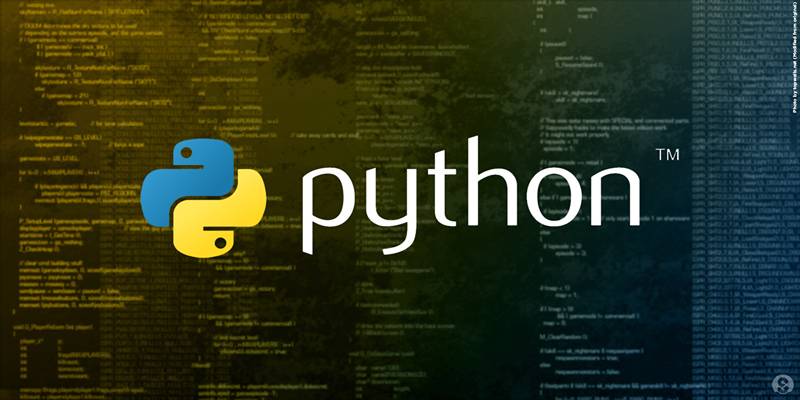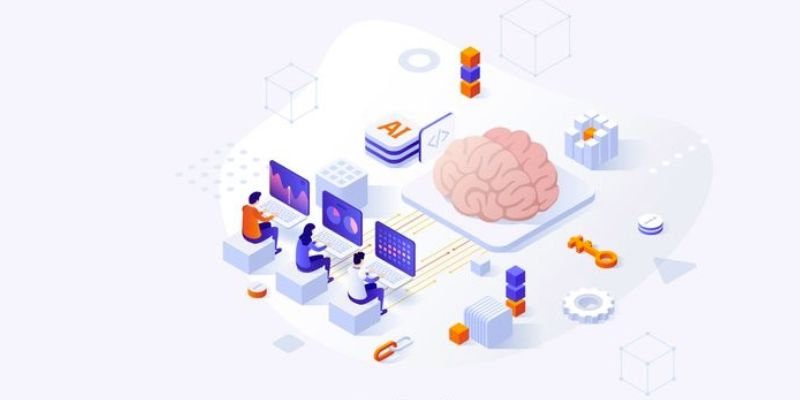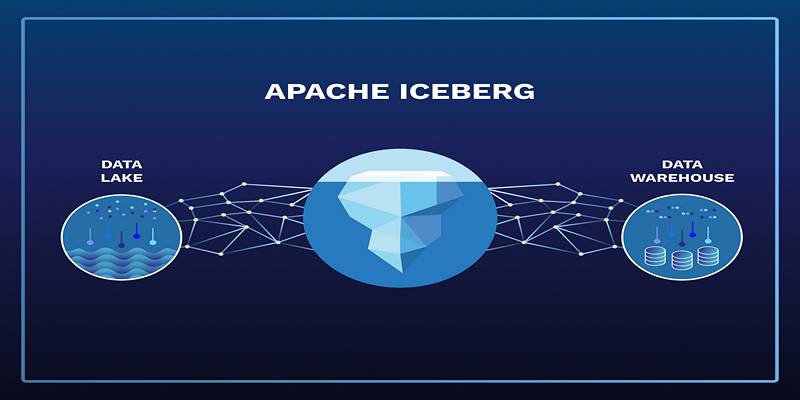Deep learning model training may be fascinating as well as demanding. The correct strategy will help you fully utilize these strong models. Poor data quality, overfitting, underfitting, and other challenges abound on the path to success. Knowing the main training advice can help you much, whether you're new to deep learning or want to improve your abilities.
The right dataset, model architecture, and training methods will help you to guarantee that your model learns the most effectively and efficiently available. Let's explore the pointers meant to improve your deep learning performance. These techniques will enable you to accomplish better outcomes in less time, whether you are developing a natural language processing model or a computer vision system.

5 Deep Learning Model Training Tips
Below are the five essential deep learning model training tips that every developer should know to improve performance.
Use a Clean and Well-Labeled Dataset
The quality of your dataset absolutely determines how well the deep learning model performs. If the data is untidy or improperly categorized, the model will learn wrongfully, producing negative outcomes. One of the most crucial phases in the training process is making sure your dataset is clean and properly labeled. Eliminate any missing values, repetitions, or contradicting data points first. Because they confuse the model and make it more difficult for it to learn patterns efficiently, incorrect labels are especially destructive. After the data is cleaned, it is split into training, validation, and testing sets—roughly 70% of which will be utilized for training and the rest for validation or testing. Consider class imbalance since it could distort the performance of the model. Techniques like oversampling or weighted loss functions can help solve this if some classes seem less frequent. A good dataset guarantees that the model is trained on accurate and consistent data, therefore enhancing the general performance.
Choose the Right Model Architecture
Deep learning success depends on your selecting the right model architecture for your work. Every duty calls for a distinct kind of architecture. Because CNNs can identify patterns in images, they are usually the best option for image-related tasks. Recurrent Neural Networks (RNNs) or Transformer-based models, including BERT or GPT, are more suited for text-based tasks, including sentiment analysis or translation, since they can manage sequential data. It's crucial not to complicate the model too much when a simpler one would do the work sufficiently. Longer training timeframes and more overfitting risk could follow from too sophisticated models. See whether simpler, less complicated versions satisfy your performance needs first. If they do so, there is no need to scale up to more advanced, bigger models. Furthermore, if CPU resources are restricted, simpler models could be a better fit. Select an architecture fit for your hardware and problem to maximize training effectiveness.

Monitor Overfitting and Underfitting
Two frequent problems in deep learning model training are underfitting and overfitting. A model experiencing overfitting learns the training data too well, including noise and outliers. As a result, it fails to generalize effectively to new, unseen data. Poor performance on the test and validation datasets follows from this. Conversely, underfitting results from a too-basic model are unable to catch the patterns in the data, therefore producing poor performance even on the training set. One can use dropout, early halting, and L2 regularization, among other methods, to handle overfitting. Dropout randomly renders some neurons inactive during training, hence forcing the model to acquire more robust characteristics. Early stopping pauses the training process once the validation set's performance stops improving. If the model is underfitting, think about adding more layers or training across more epochs to improve its complexity.
Use Learning Rate Scheduling
The learning rate sets the degree of weight change of the model over every training iteration. Selecting the optimal learning rate is vital since a wrong rate could force the model to converge too slowly or become caught in a bad solution. An overly high learning rate could cause the model to fail to train and overshoot the ideal weights. If it is too low, training slows down considerably, and the model can become caught at a local minimum. Learning rate scheduling is a method used to progressively lower the learning rate during training, allowing the model to fine-tune its weights. Common scheduling techniques include cosine annealing, where the learning rate lowers following a cosine curve. Another method is step decay, where the learning rate drops after a set number of epochs. Additionally useful for determining the ideal starting learning rate for your model is an adaptive learning rate approach akin to the learning rate finder.
Evaluate and Tune Using Validation Metrics
Deep learning model training calls for evaluation of them using more than simply accuracy. If one class greatly dominates another in an imbalanced dataset, for example, depending just on accuracy can be deceptive. Under these circumstances, measures of accuracy, recall, and F1 score offer a more comprehensive picture of the model's performance. While recall shows how many actual positives the model found, precision displays how many of the positive forecasts were accurate. Combining recall with accuracy into one value, the F1-score visualizes the performance across many classes. It also shows where the model makes mistakes, which can be further analyzed with a confusion matrix. These assessment criteria help you find areas in the model that could require development. Further improving the performance of the model is hyperparameter tuning, which is applied with techniques such as random or grid search.
Conclusion:
Deep learning model training is an arduous process that requires many steps and repeated iterations. Following the advice above will help you improve your training program and stay clear of typical mistakes. A decent model is built upon a clean, well-labeled dataset. Hence, always begin with one. Based on the current work, choose the appropriate architecture; keep an eye on problems, including underfitting and overfitting. Apply learning rate scheduling to guarantee effective training; also, employ several evaluation measures to adjust the performance of your model.











